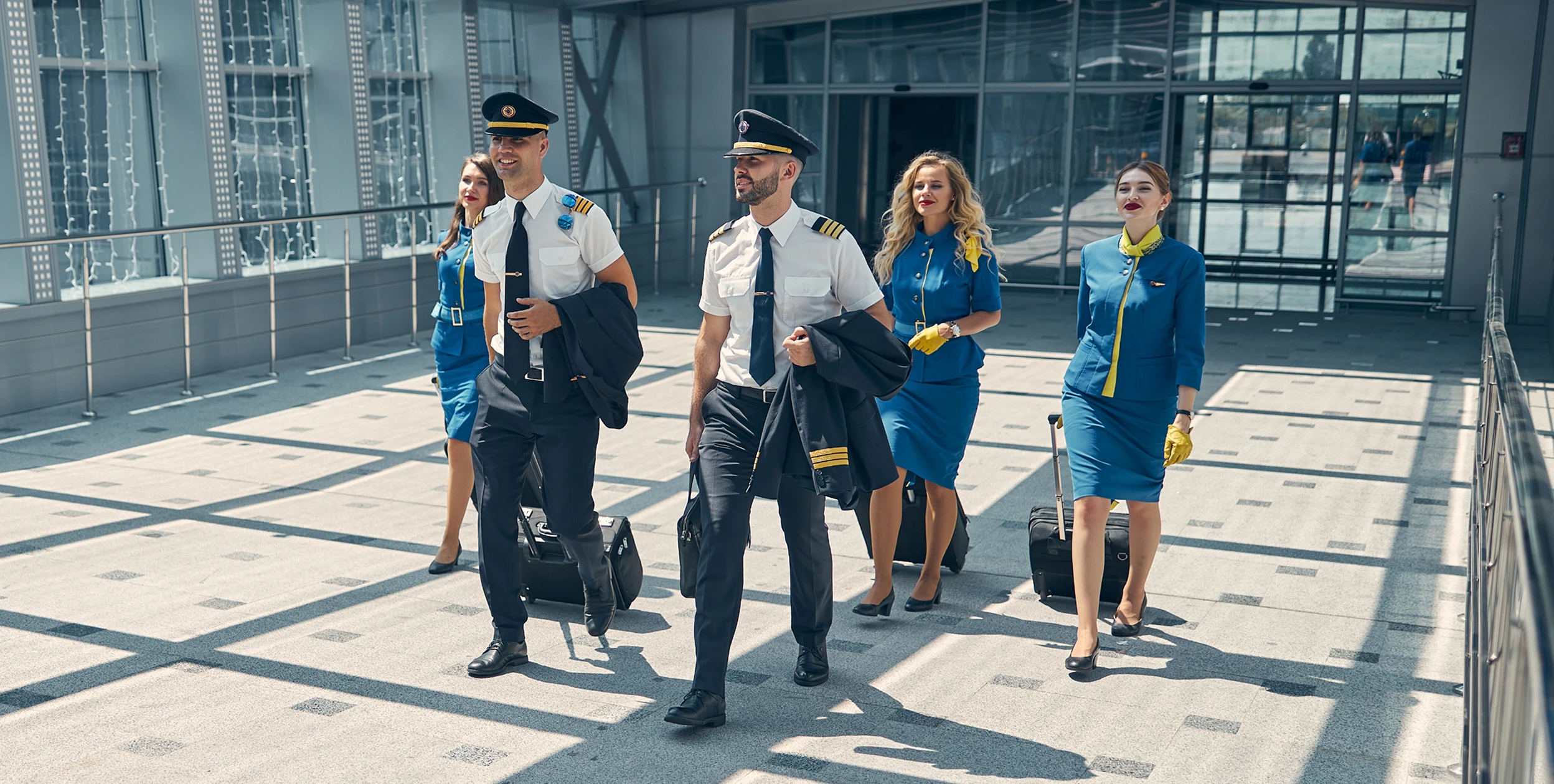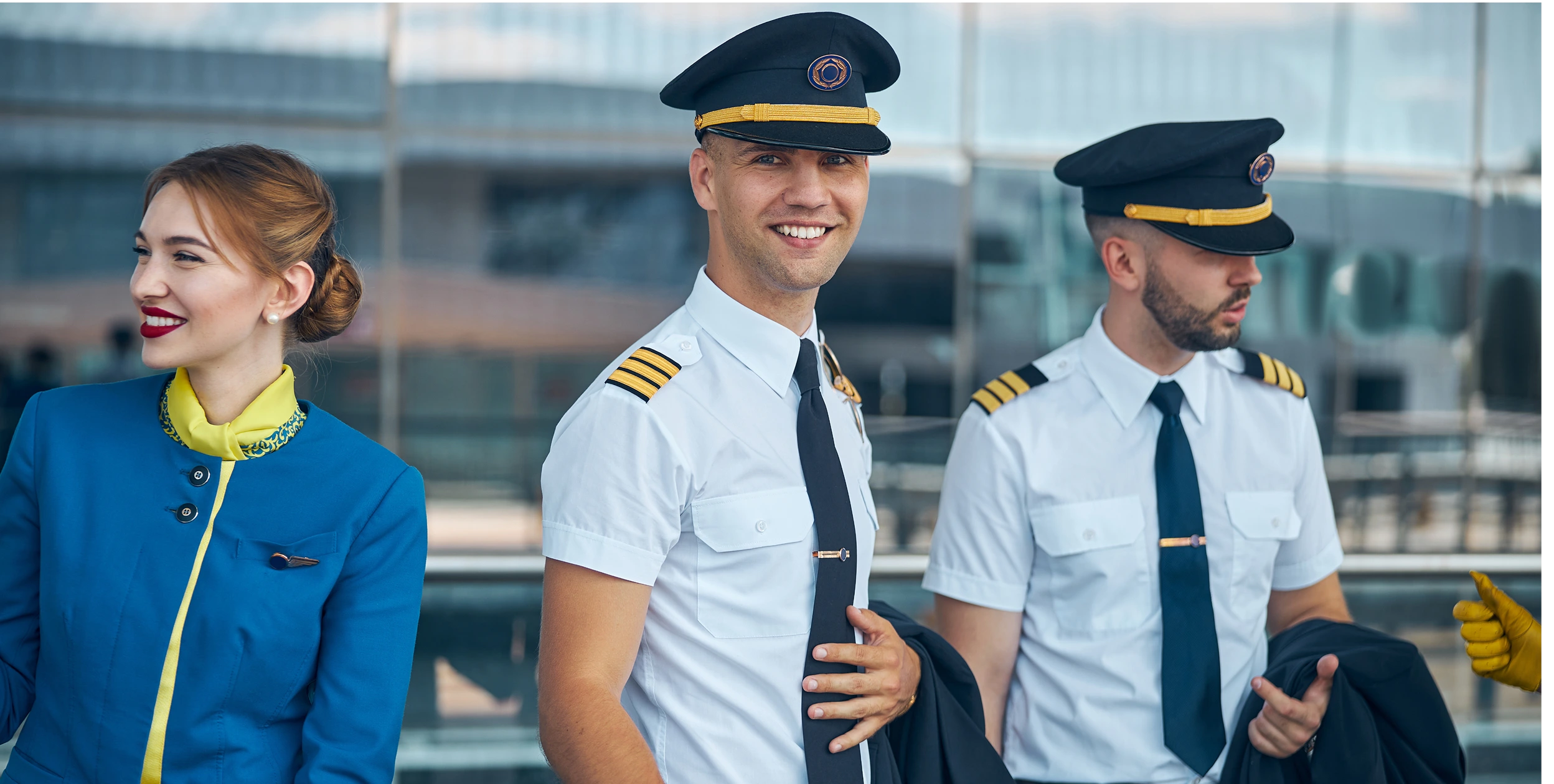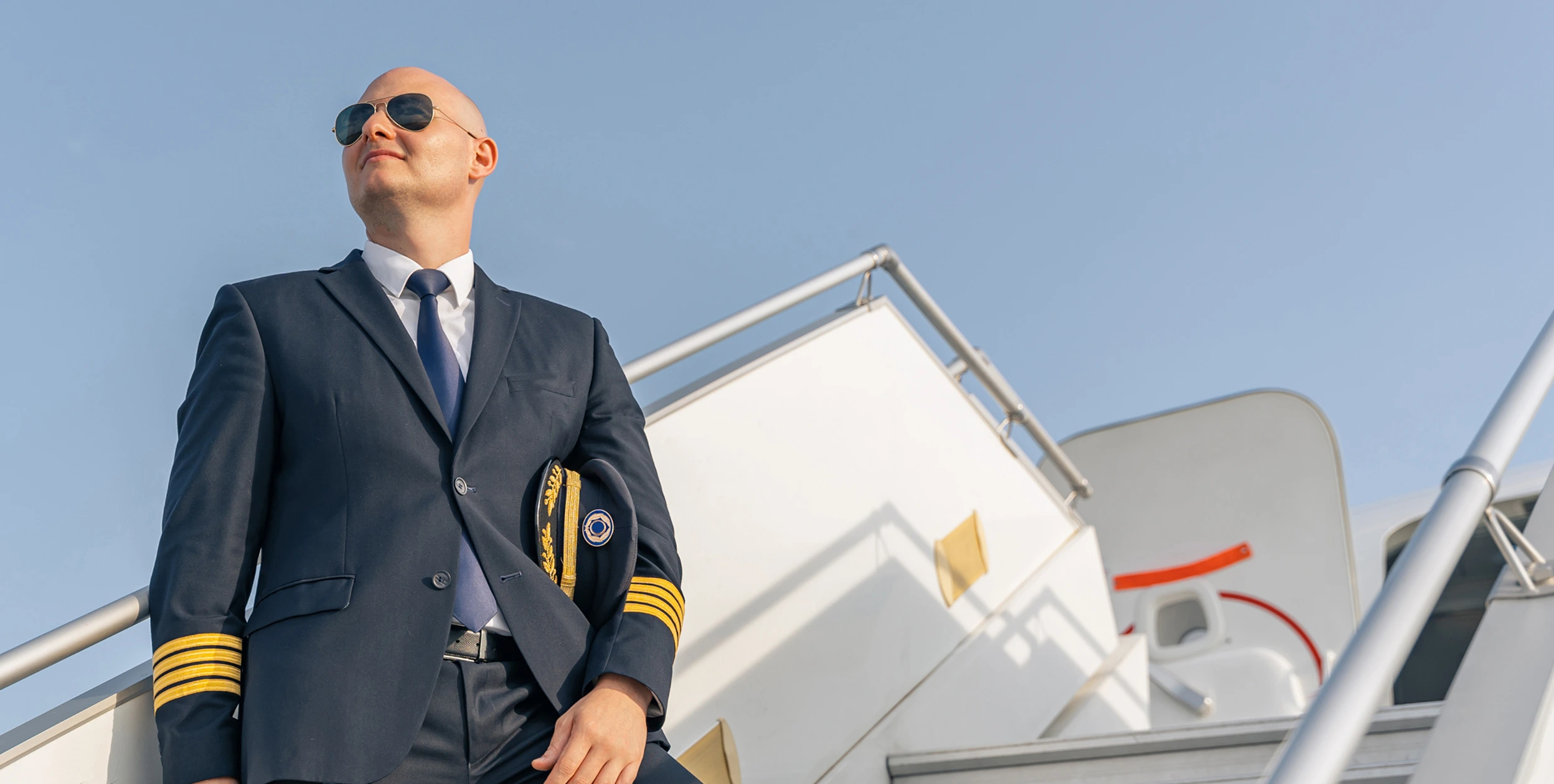While traditional instruction in full-flight simulators (FFS) remains a cornerstone of pilot training, the preparation of the next generation of Airbus A320 captains is shifting toward far more innovative tools and methodologies. Technologies such as virtual reality, artificial intelligence, and competency-based learning are revolutionizing how pilots train for their type rating.
In this article, we explore the key trends that are already reshaping training centers and Type Rating Training Organizations (TRTOs) around the world.
One of the most promising trends in Airbus A320 pilot training is the integration of virtual reality (VR) and augmented reality (AR) technologies into hybrid training environments. These tools are revolutionizing how pilots prepare for their type rating by offering an immersive, flexible, and highly efficient learning experience.
With VR cockpits equipped with haptic controls, pilots can realistically practice flows and standard operating procedures (SOPs) without needing access to a full-flight simulator (FFS). This approach can reduce FFS usage costs by up to 40%, representing a significant advantage for both training centers and students.
Immersive pre-simulator briefings enhance pilot understanding and readiness, while the ability to train anytime and anywhere using standalone VR headsets allows for repeated practice of key scenarios from home, boosting procedural memory retention.
The next step in this technological evolution is the direct integration of VR systems with FFS platforms, enabling seamless transitions between “dry” practice and full-motion six degrees of freedom (6-DOF) training. This integration promises a more continuous, realistic, and personalized learning experience tailored to the needs of the modern pilot.
The incorporation of artificial intelligence into pilot training is marking a significant shift in how cadets prepare for the Airbus A320 type rating. These tools enable a more personalized, efficient, and proactive approach to learning:
Cognitive LMS: Learning management systems now use big data; such as clicks, response times, and simulator metrics to adapt training content to each cadet’s performance. This helps reinforce weak areas and optimize individual progress.
GPT-4/5-Based Technical Chatbots: Available 24/7, these virtual assistants answer real-time questions about operational procedures, supporting continuous and autonomous learning outside the classroom or simulator.
Predictive Scoring: AI algorithms provide instructors with early alerts about students at risk of underperforming before check rides, allowing timely intervention and improving overall course outcomes.
These solutions not only enhance training efficiency but also raise the quality and personalization of learning for future A320 pilots.
The European Union Aviation Safety Agency (EASA) is driving a shift in training models toward more advanced CBT (Competency-Based Training) and EBT (Evidence-Based Training) frameworks, known as EBT 2.0. This approach focuses on real pilot competencies, moving beyond traditional check-based assessments.
Cloud-Based Granular Metrics: After each LOFT (Line-Oriented Flight Training) session, detailed data is collected on key competencies such as composure, situational awareness (SA), and automation management. This information is stored in the cloud, enabling continuous progress tracking.
Modular Licensing and Skill Credits: Type rating is expected to become more flexible, allowing smoother transitions between aircraft models like the A320, A321, or XLR through short modules and stackable skill credits within the CBT environment.
Continuous Assessments: Instead of fixed check rides, training software evaluates the pilot’s overall performance and determines readiness to progress based on objective evidence—not just scheduled dates.
This dynamic and personalized approach aligns with today’s operational demands and better prepares pilots for complex, evolving scenarios.

Connectivity between simulators is unlocking new possibilities in pilot training, especially for Airbus A320 type rating programs. Distributed networks are enabling more flexible, collaborative, and operationally aligned training solutions for modern airlines.
Cloud-Sim Technology: Multiple FSTD (Flight Simulation Training Devices) units can now connect across different locations to run real-time multi-crew and multi-base scenarios. This allows coordinated training between crews based in separate training centers.
Dry Leasing On Demand: Simulation centers offer hourly slot bookings, integrated via API with airline scheduling systems. This enables dynamic and efficient training planning, closely aligned with real-world operations.
Satellite Centers: Regional airlines can operate FTD-Level 4 devices connected to a main training campus, decentralizing part of the training process without compromising quality or traceability.
This distributed model enhances accessibility, reduces logistical costs, and delivers training that is better aligned with the operational realities of today’s aviation industry.
La formación de pilotos está adoptando modelos más flexibles y accesibles gracias al uso de tecnologías de grabación, plataformas colaborativas y mentoría virtual. Estas herramientas permiten extender el aprendizaje más allá del simulador, con beneficios claros para la habilitación de tipo A320.
360° Cockpit Recording: Cadets can review their sessions from every angle, enabling detailed self-assessment and procedural analysis.
Asynchronous Tutoring: Instructors can provide feedback on recorded sessions without being physically present, reducing costs and increasing access to expert coaching.
“Strava-for-Pilots” Platforms: Collaborative feedback systems where pilots share progress, receive scores, and engage in healthy competition—fostering continuous improvement.
Gamification and Ranking: Social competition and achievement systems motivate students to excel and stay engaged throughout the course.
Virtual Mentorship: Senior instructors can act as remote mentors, reviewing key sessions and offering personalized guidance without the need for travel.
This asynchronous and remote approach complements traditional training by offering greater flexibility and access to high-quality feedback anytime, anywhere.

Sustainability has become a key competency for the next generation of pilots. In Airbus A320 type rating programs, training increasingly incorporates content and practices focused on operational efficiency and environmental impact reduction.
Eco-Procedures in Simulators: Cadets practice fuel-saving maneuvers such as “descent idle” and “single-engine taxi” from the early stages of training, applying real-world efficiency techniques.
Modules on SAF and CPDLC: Specific training content covers the use of Sustainable Aviation Fuel (SAF) and Controller–Pilot Data Link Communications (CPDLC), aligning pilot education with emerging regulations and technologies.
Personalized Emissions Metrics: Each simulator session generates data on fuel consumption and emissions, which are translated into individual KPIs to help pilots measure and improve their operational efficiency.
This approach not only supports the aviation sector’s environmental goals but also prepares pilots to operate more consciously, efficiently, and in line with modern airline expectations.
Upset Prevention and Recovery Training (UPRT) has evolved significantly, integrating advanced technologies to better prepare pilots for rare but high-risk scenarios.
UPRT with Enhanced Motion-Cueing and AI: Modern simulators now feature more precise motion systems and artificial intelligence algorithms that generate realistic turbulence, improving pilot readiness for events such as Loss of Control In-Flight (LOC-I).
Scenarios-as-a-Service: Training packages based on real-world accidents—such as dual flame-outs or spatial disorientation—are now available on demand. These scenarios allow for progressive exposure to extreme situations in a safe, controlled environment.
This approach enables A320 pilots to develop faster, more intuitive responses to in-flight emergencies, strengthening operational safety from the earliest stages of training.
Pilot performance depends not only on technical skills but also on physical and mental well-being. That’s why modern A320 type rating programs are incorporating tools to monitor and optimize cadet health throughout training.
In-Cockpit Biosensors: Devices track heart rate (HR) and heart rate variability (HRV) during A320 NEO simulator sessions, enabling real-time detection of physiological stress levels.
Fatigue Risk Management: Training scheduling systems now integrate Fatigue Risk Management models to adjust workloads and session timing, minimizing fatigue-related performance issues.
Mental Training in VR: Mindfulness sessions in virtual cockpits help pilots manage stress and mitigate the startle effect, improving responses to unexpected events.
With these innovations, pilot training becomes more holistic addressing, not only technical proficiency, but also the mental and physical readiness of each cadet.

A320 pilot training is evolving from traditional classroom sessions and fixed-base simulators toward intelligent, immersive, and sustainable platforms. The adoption of technologies such as virtual reality (VR), artificial intelligence (AI), and CBT/EBT models will not only reduce operational costs but also enhance safety, efficiency, and personalized learning.
Training organizations (TRTOs) that embrace these trends early will be better positioned in a highly competitive market, where global demand is expected to exceed 40,000 new commercial pilots over the next decade. The future of A320 training starts today!
If you’d like to learn more about our A320 type rating programs and how we apply these innovations at Global Training Aviation, visit our website.